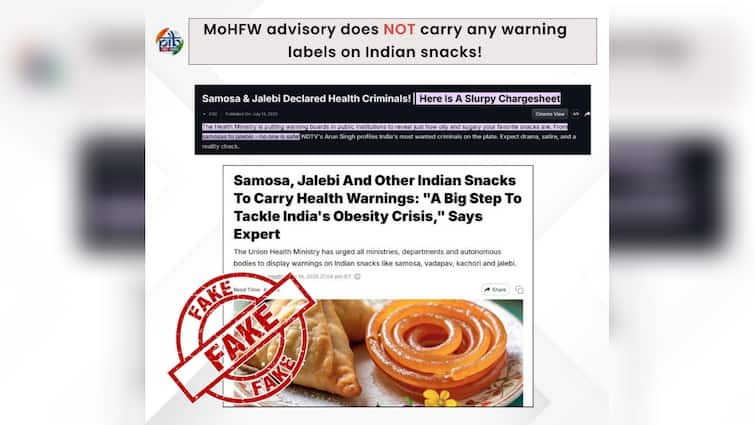Arizona Plague Death: What You Need to Know About Pneumonic Plague and Public Health Risks

Alarm bells are ringing in Arizona after a Coconino County resident tragically succumbed to pneumonic plague, a rare but serious lung infection. Health officials confirmed the death on Friday, marking the first case of pneumonic plague fatality in the county since 2007. This incident has understandably raised concerns about public health and the potential for further spread.
What is Pneumonic Plague? Pneumonic plague is a particularly virulent form of plague, caused by the bacterium Yersinia pestis. Unlike bubonic plague, which is transmitted by flea bites, pneumonic plague spreads through respiratory droplets, making it far more contagious. Symptoms can develop rapidly, typically within 1-3 days after exposure, and include fever, headache, cough, and often, bloody or watery sputum.
The Coconino County Case: Details and Response The Coconino County Health and Human Services (CCHHS) is currently investigating the source of the infection. While details remain limited, officials have stressed that the risk to the general public is considered low. They are actively tracing contacts of the deceased individual to identify and treat anyone who may have been exposed. Prophylactic antibiotics are being offered to those deemed at risk.
Historical Context and Plague in the US While rare, plague is not unheard of in the United States. Most cases occur in rural areas of the western states, where rodents and fleas serve as reservoirs for the bacteria. The last major plague epidemic in the US occurred in the early 20th century, resulting in thousands of deaths. Modern public health measures, including rodent control and antibiotic treatment, have significantly reduced the incidence of plague.
Public Health Implications and Prevention This recent death serves as a stark reminder of the importance of public health vigilance. Although the risk is low, it’s crucial to be aware of the potential for plague, especially in areas where it is known to occur. Here are some preventative measures:
- Avoid contact with rodents and their fleas: This is the most effective way to prevent plague.
- Control rodents around homes and businesses: Seal cracks and holes in buildings, and eliminate food sources that attract rodents.
- Use insect repellent: Repellents containing DEET can help protect against flea bites.
- Seek medical attention promptly: If you experience flu-like symptoms, especially after exposure to rodents or fleas, see a doctor immediately. Early diagnosis and treatment with antibiotics are essential for a successful outcome.
Looking Ahead The Coconino County Health Department is committed to ongoing monitoring and public education to mitigate any potential risk. This incident highlights the need for continued investment in public health infrastructure and preparedness to address rare but potentially devastating diseases like pneumonic plague. Stay informed and take preventative measures to protect yourself and your community.





